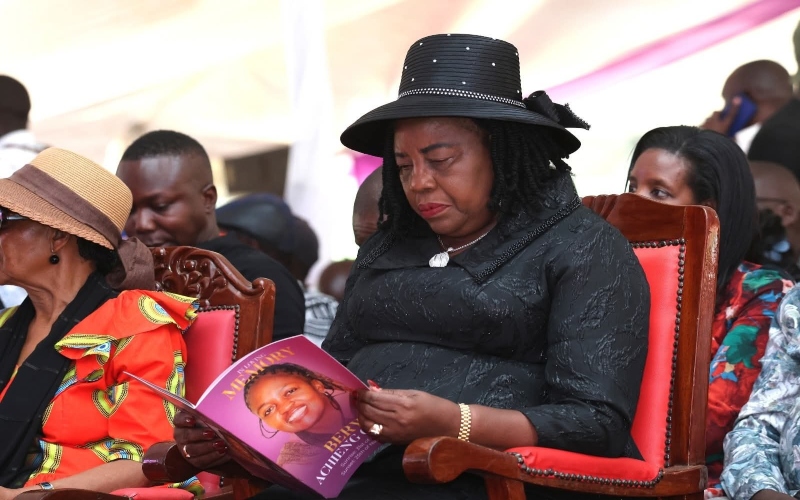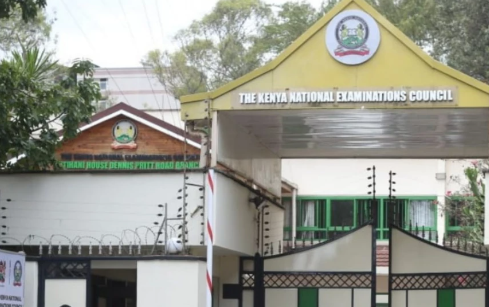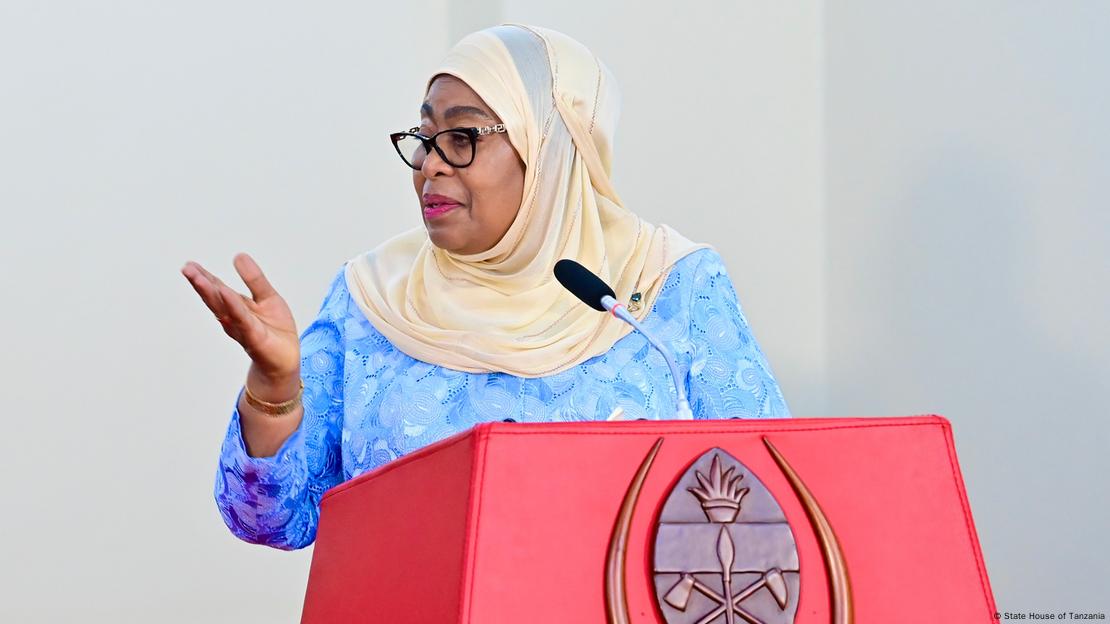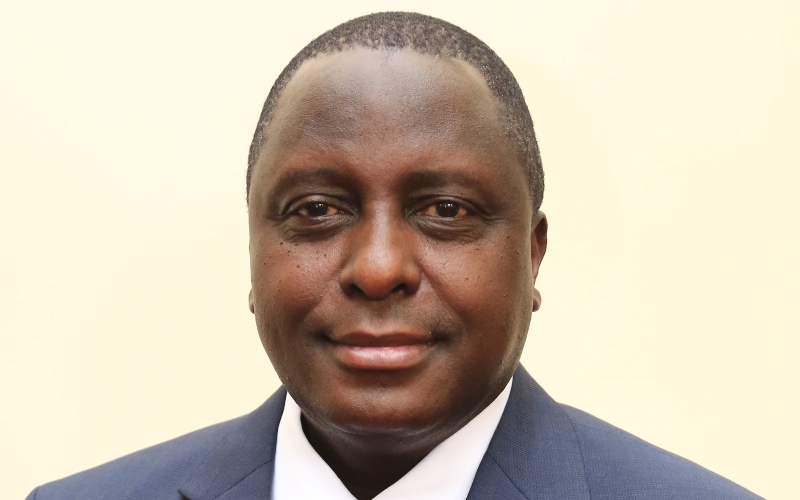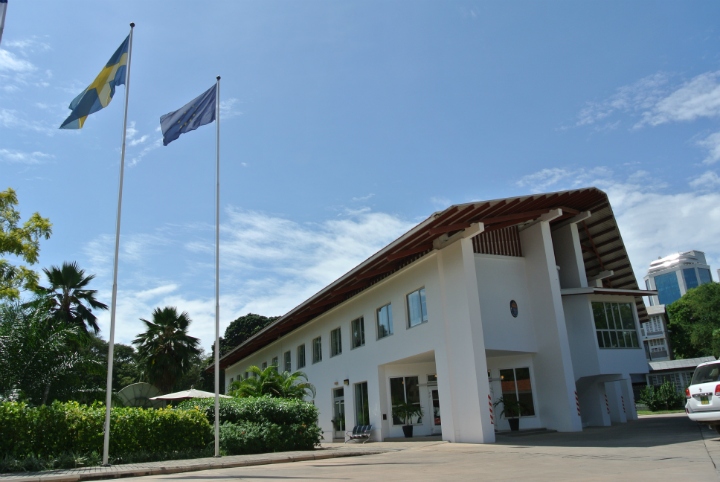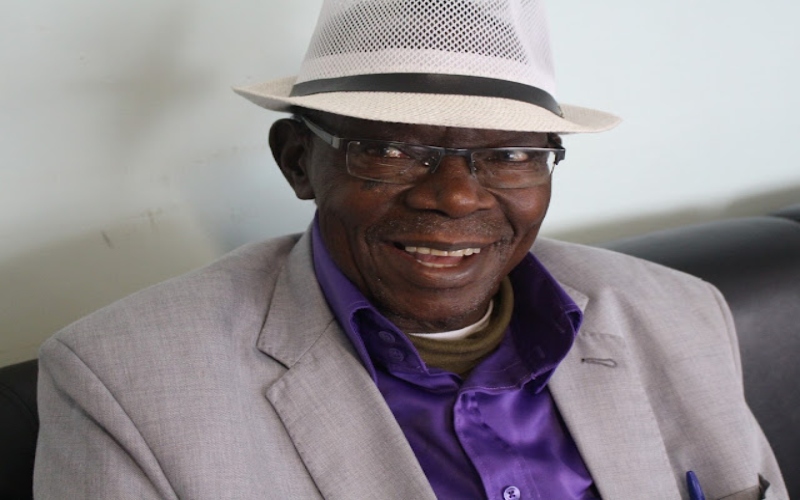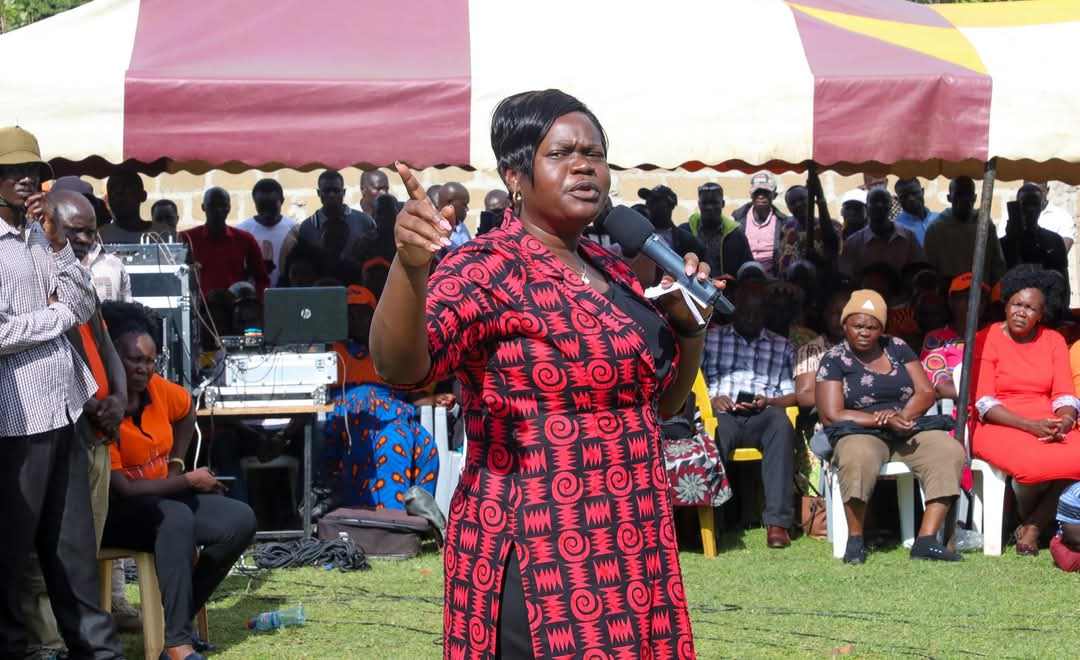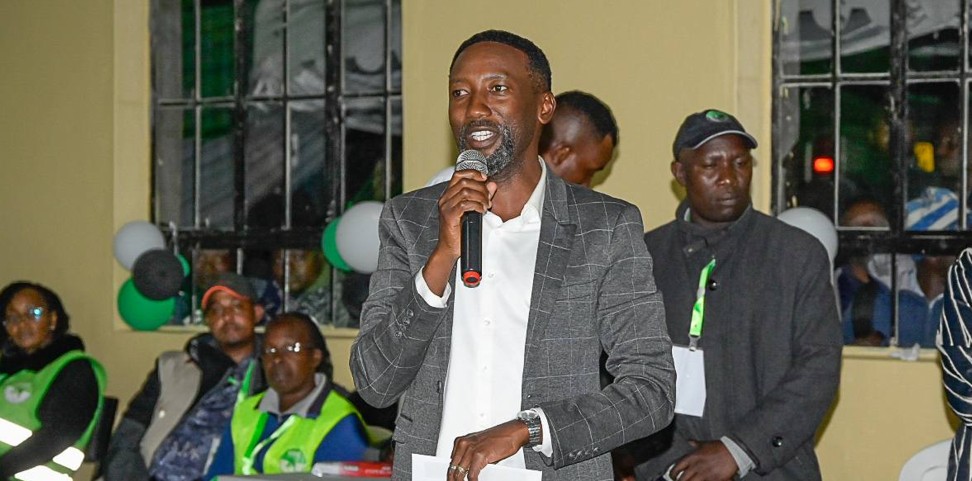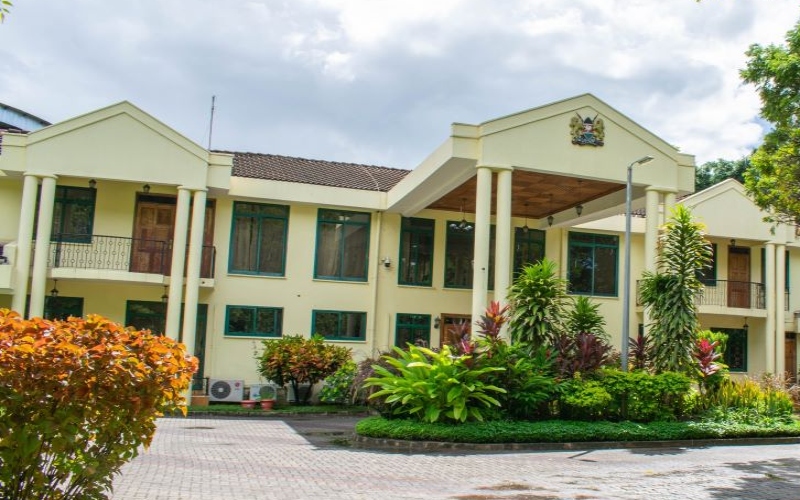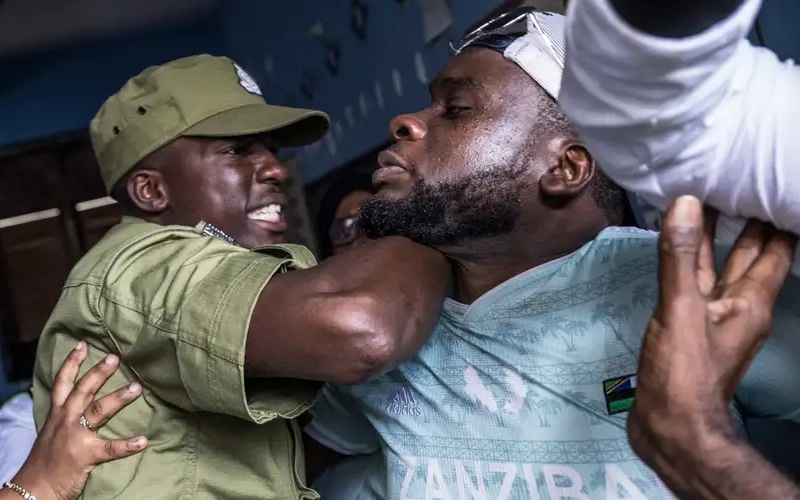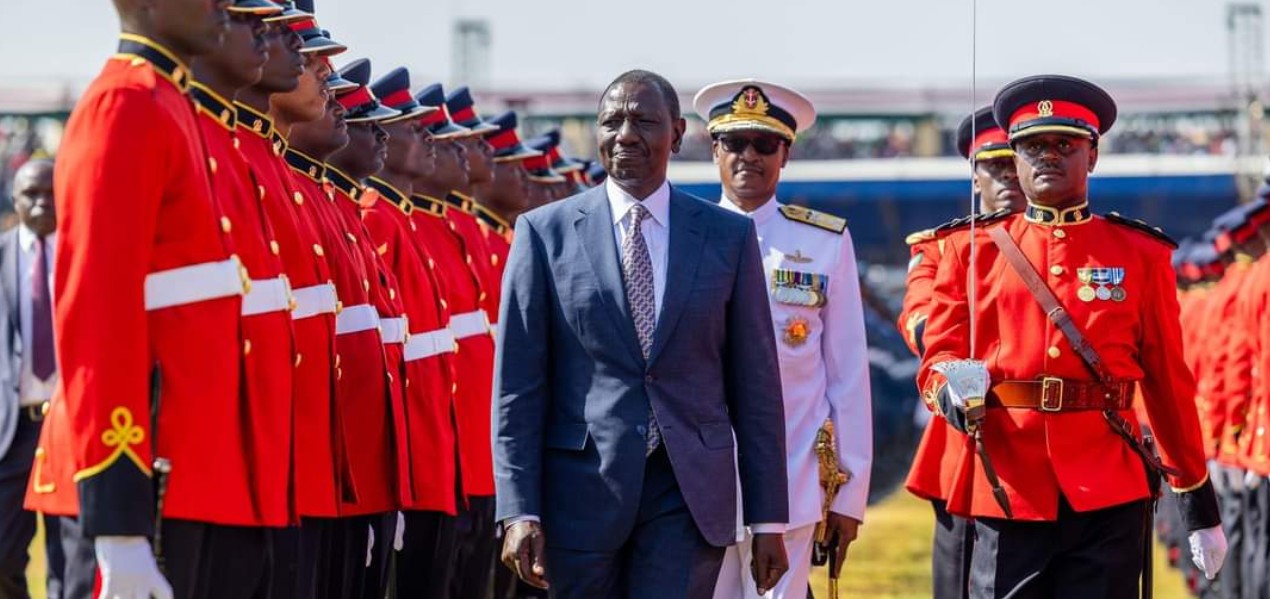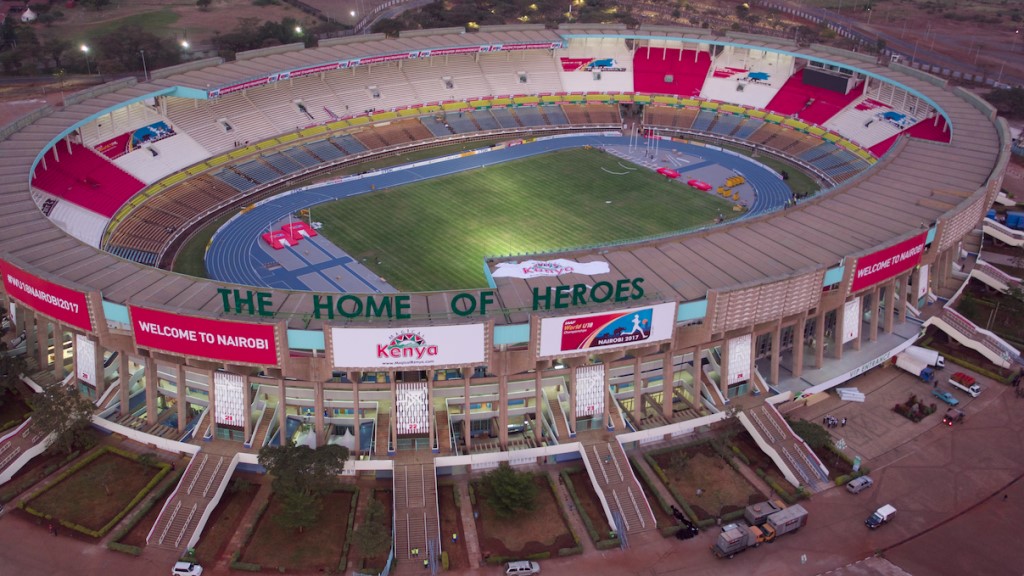Kenyans turn to Lipa polepole to afford smartphones amid high costs
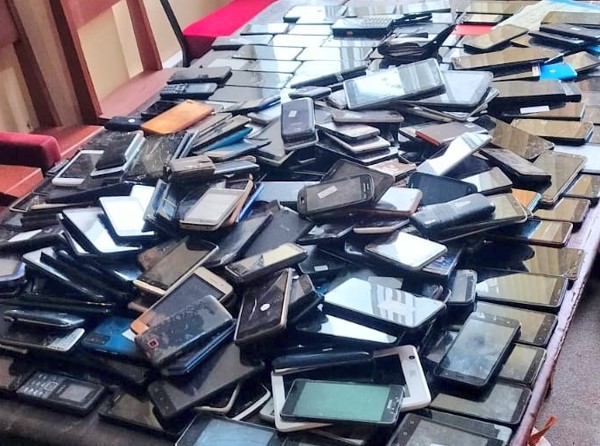
KNBS revealed that the number of people using Lipa polepole services has increased dramatically, from 579,242 in 2021 to 1,751,994 in 2024.
Kenyans have turned to Lipa polepole, also known as hire purchase, to afford smartphones amid high costs and limited access to credit, a recent survey by the Kenya National Bureau of Statistics (KNBS) shows.
This payment plan, which allows individuals to pay for their phones in daily instalments, has gained popularity, especially among low-income earners who cannot afford to pay for devices upfront.
More To Read
- Kenya sees major boost from visa-free policy as tourist numbers hit 1.8 million
- KNBS data shows uneven food price shifts as inflation dips slightly
- How digital platforms are creating new pathways for youth, with riders taking home up to Sh70,000 monthly
- Busia destroys Sh21.9 million worth of heroin, bhang in anti-drug operation
- Economic value of unpaid domestic and care work in Kenya
- Study finds Kenya’s unpaid household labour worth Sh2.5 trillion annually
The scheme offers an alternative to outright purchases, with buyers making initial down payments and committing to daily payments, typically between Sh50 and Sh100, via mobile money platforms such as M-Pesa.
While the plan provides an opportunity for those in informal settlements and rural areas to access smartphones, it comes at a significant cost.
The 2024 FinAccess Household Survey found that buyers often end up paying far more than the retail price of the phones due to interest rates and daily instalment fees.
Despite this, KNBS revealed that the number of people using Lipa polepole services has increased dramatically, from 579,242 in 2021 to 1,751,994 in 2024.
Many users cited unethical practices and financial challenges as the main drawbacks of the system.
A walk through Nairobi’s Central Business District (CBD) shows a growing number of stalls selling mobile phones under hire purchase schemes.
The stalls, along with online shops, have expanded into residential areas in Nairobi and rural towns. The Lipa polepole scheme is seen as an essential option for many low-income Kenyans who cannot afford to purchase smartphones outright.
To mitigate the risk of non-payment, retailers install tracking apps on the phones, which allow them to remotely disable the devices if the buyer misses a payment.
This ensures the phone cannot be used until the buyer completes the payment plan.
KNBS found that 53.7 per cent of Kenyans own a mobile phone, with urban areas recording higher ownership rates than rural regions.
Mobile phones have become crucial not only for communication but also for internet access and financial transactions.
Despite this, many Kenyans continue to rely on borrowed or shared phones, with 11.3 per cent of the population using devices that are not their own.
The trend, according to the survey, is more prevalent in urban areas, where 11.8 per cent of people share or borrow phones, compared to 11.0 per cent in rural regions.
KNBS noted that 9.9 per cent of Kenyan adults remain financially excluded due to the lack of mobile phones, identity cards, or the financial capacity to access digital services.
Youth in rural areas make up 45.5 per cent of this excluded population.
The growing use of hire purchase plans raises questions about their economic sustainability for both consumers and retailers.
Economist Churchill Ogutu, from IC Group, argued that these plans provide an option for those who cannot afford lump sum payments but still want access to mobile phones.
However, he warned that the additional costs can be burdensome. “It all depends on affordability. At the end of the day, they pay more than they could have paid in a one-off purchase. But they cannot afford the one-off payment. It is a tight balance that they find themselves in,” Ogutu told Citizen Digital.
Despite the benefits of owning a phone for financial inclusion, Ogutu warned that hire purchase plans may not improve the financial well-being of low-income earners in the long run.
He noted that the plans encourage consumption without considering future financial stability.
“The risk is that it does not help you map out your average consumption and expenditure. It tends to distort you because you consume today and pay more for a longer time. That is not the best financial habit to adopt,” Ogutu added.
Retailers also face risks from customers who default on payments. To protect themselves, many charge high interest rates on their phones.
“This depends on the stage at which buyers default on payments. Retailers need to find a win-win mechanism,” Ogutu said.
While mobile phone ownership plays a critical role in financial inclusion, many rural areas still face significant barriers to access.
Factors such as affordability, digital literacy, and limited infrastructure continue to widen the digital divide.
Although the Lipa polepole system has helped many people access mobile phones, its high costs raise concerns about the true affordability of such solutions.
“Yes, it leads to more people having phones, accessing digital products and financial services… but at what cost?” Ogutu posed.
He added that the key to making mobile phones more accessible lies in addressing the affordability issue.
“The best way would be to address the affordability issue as a path towards inclusivity. At the moment, it is still costly,” he said.
Top Stories Today
